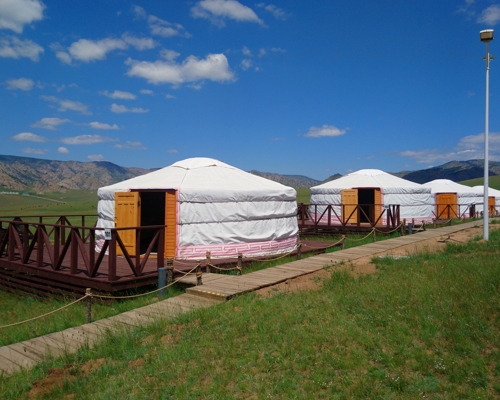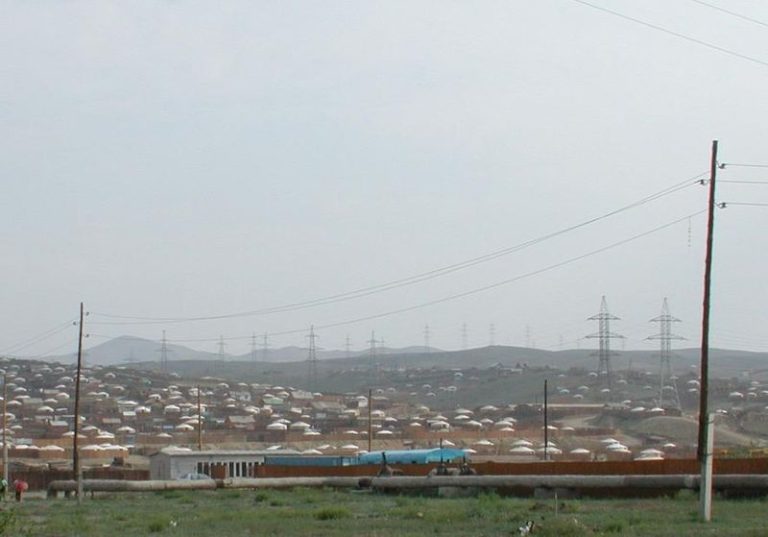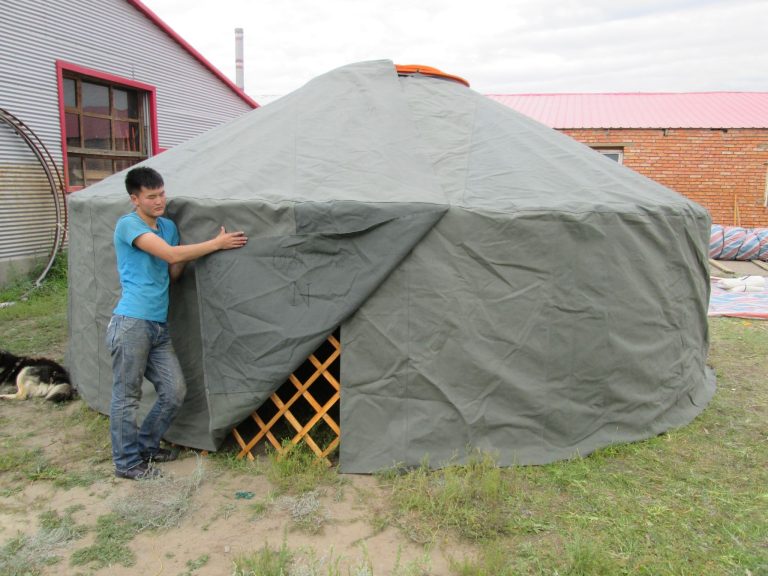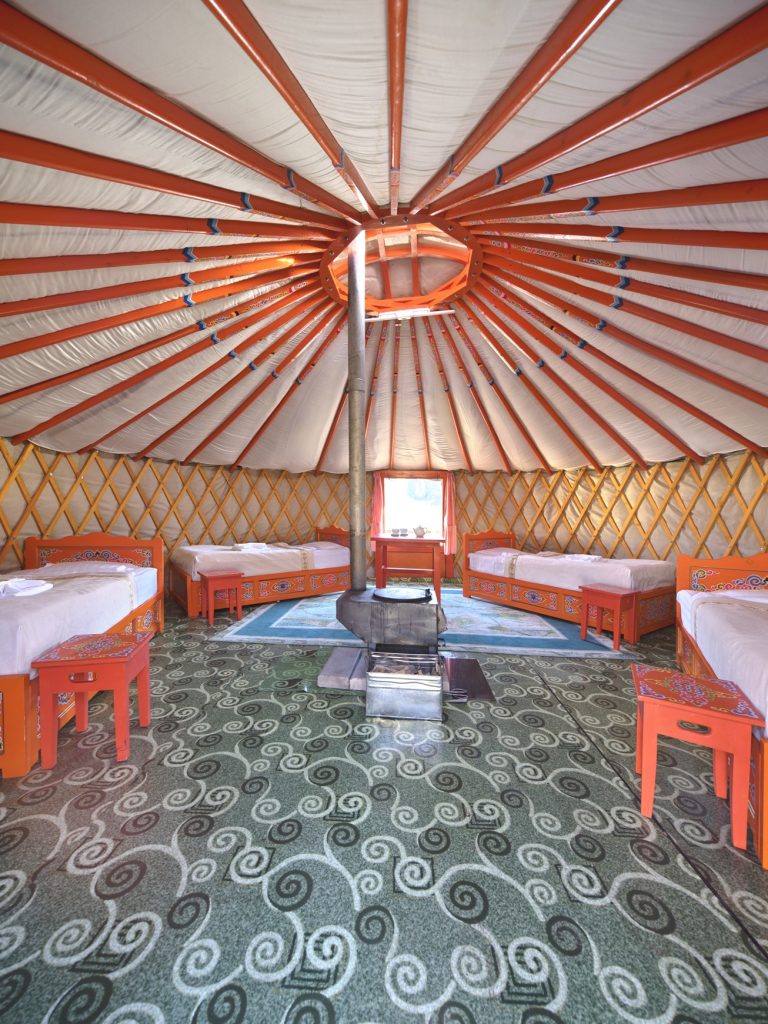What is Inside a Mongolian Yurt?
A Mongolian Ger, also known as a yurt, encapsulates thousands of years of rich history and remains an integral part of Mongolian nomadic life.
Its unique structure serves various purposes, creating a comfortable and practical home. The furniture inside the Ger, adorned with warm colors like orange, red, and brown, reflects extraordinary Mongolian cultures and customs.
Divided into four sections—khoimor, door, hostess’s side, and host’s side—the Ger houses traditional furniture, each piece holding a symbolic significance.
The Khoimor
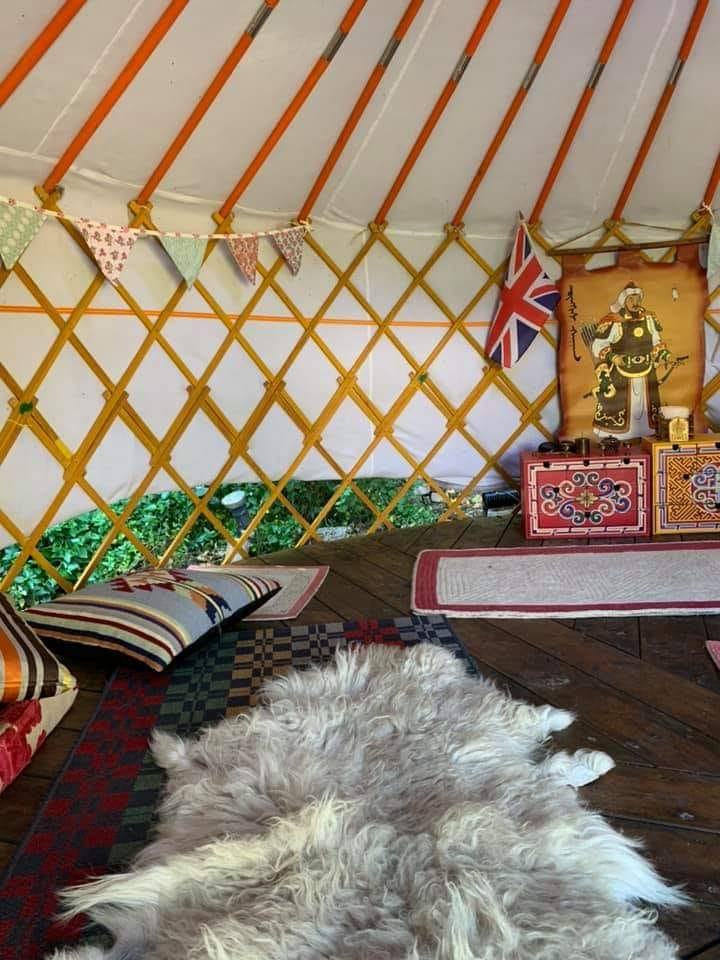
The Khoimer or the northern side of the Ger is considered to be a sacred and respected area of the Ger. That is because this area is dedicated to placing the Gods and other religious items along with chests (avdar). Most people do their religious rituals (Buddhism) such as prayers, gift-giving, mantras in the Khoimor area.
The chest or avdar is where people keep their invaluable items as well as clothes and other things. They are usually orange or brown colored. There are two types of chests. One is for storing simple clothes, blankets, silk, fabrics, and so on. The other one is for storing valuable and precious items. The chest and other pieces of furniture are carved or drawn with meaningful, traditional patterns.
The Center
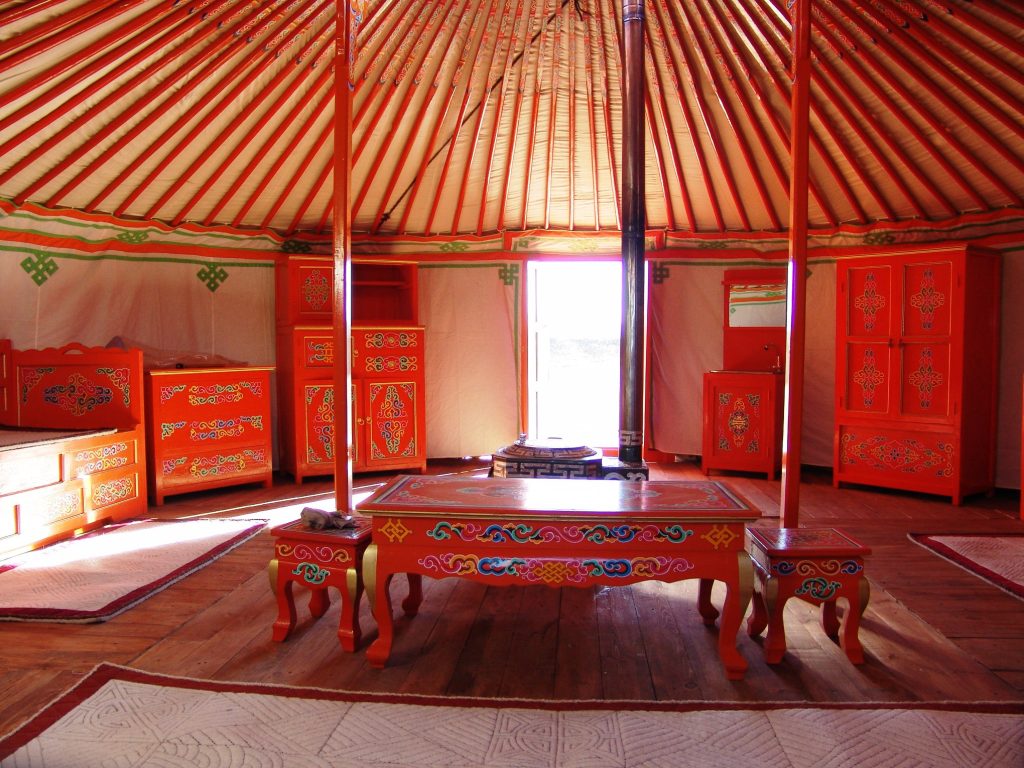
In every Ger, you will see the fire hearth or fire stove at the center. It is because the fire hearth is symbolled as a center of the universe by Mongolians. Fire is another sacred symbol in Mongolian culture. Therefore, there are several strict rules to follow around the fire stove. Besides the fire stove, you will see a box where woods, cow dung (argal), and coals are stored to be used as an ignition of the fire. The fire stove is where the hostess prepares meals and teas. It also acts as a source of heat during the cold winter of Mongolia.
Most of the time, the table and small stools are placed between the fire stove and the Khoimor area. This is where the family has meals together throughout the day. In addition, the host and hostess must invite their guests to the table for a meal and hot milk tea. The tables as well as the chairs could also feature beautiful patterns drawn and craved.
Western & Eastern Side
The Western or right side of the Ger is considered as the Host’s side. Since the earliest times, the Host placed his items on the right side of the Ger including his bed.
You will see saddle, bridle, hobble, skin bag for kumiss, shotgun along with his precious items like snuff bottle, knife, pelts, and so on. That is why there is a horse hitching post on the right side, outside of the Ger.
On the contrary, the eastern or left side of the Ger is considered as the Hostess’s side. There are housewife’s milking parlor, kitchen counter, bed, chest drawer for sewing, accessories, and cosmetics.
You will also see a variety of different ornaments and decorations inside the Ger. Some pictures or words are framed and hung up on the wall. Most people put beautiful photographs or drawings of nature. Moreover, most people hang some rugs with different patterns and colors on the wall along with placing them on the floor. Decorating the closets, chests, beds, tables, and even the bagana (one or more columns placed in the center to support the Ger’s crown area) with traditional patterns, drawings, and other ornaments is also popular. In addition, the door of the Ger is always decorated with patterns.
As mentioned above, men usually put up their saddle, bridle, hobble, and pelts on the western side as decoration as well. In some Gers, there is a Morin Khuur (also known as the horsehead fiddle) which is a traditional Mongolian bowed stringed instrument. It’s an important part of Mongolian culture and heritage. On special occasions, Mongolian people love inviting guests over to feast, tell tales, and play Morin Khuur while singing.


